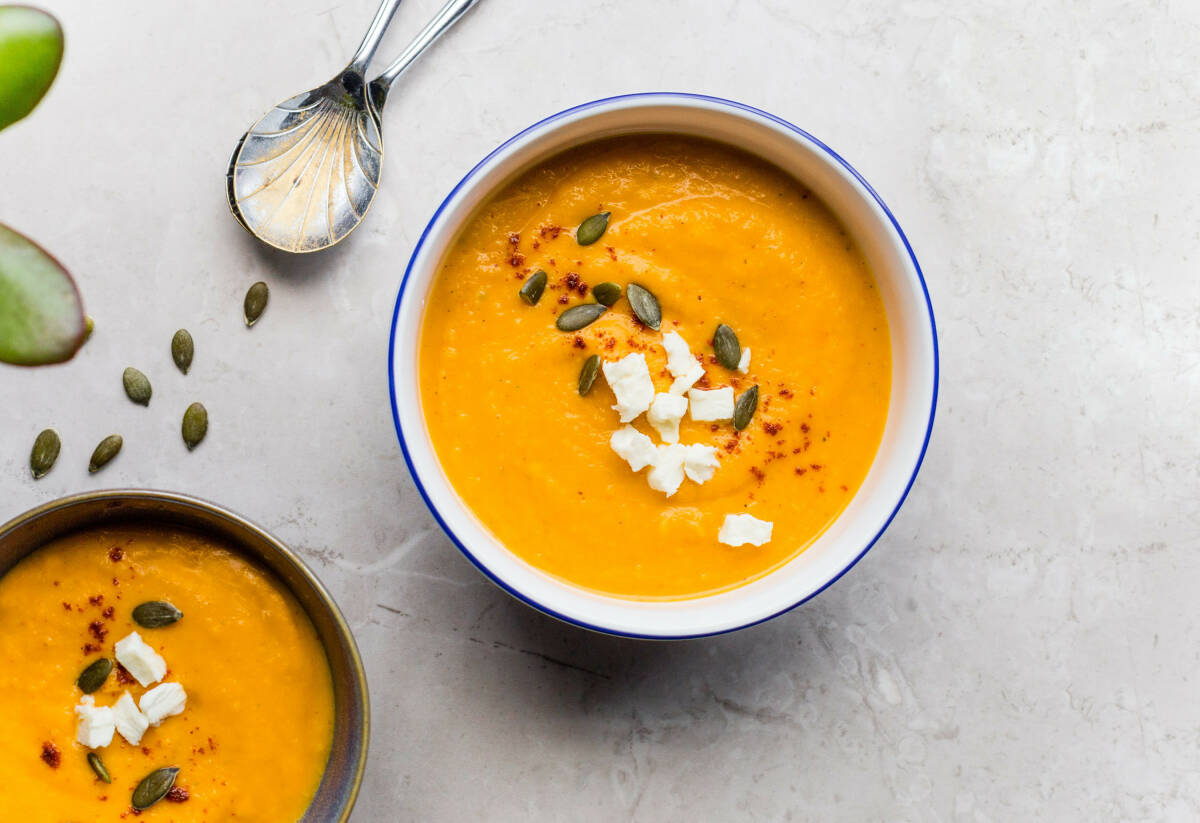Did you know: vegetables
09•05•2022
We are fortunate in Quebec to have access to a multitude of vegetables. Here are some facts about local vegetables and cooking tips to fully exploit their potential.

Radishes
Did you know that the word radish comes from the Latin term "radix" and means root?
This vegetable is part of the cruciferous family (cabbage, broccoli, cauliflower, etc.) and is said to have effective nutritional properties in the prevention of certain cancers. Rich in sulphur, magnesium and vitamin C, it is an excellent liver regenerator and an antibacterial for the respiratory tract. To have very crunchy radishes, they are plunged into ice water an hour before eating them, to decorate your dishes cut the radishes into thin slices using a mandolin before putting them in the water, they will curve and give a nice effect on your plate!
Carrots
Carrots are one of the most consumed vegetables in the world. This root vegetable is mostly orange but can also be found in a variety of colors (white, yellow, purple). In addition to being delicious, thanks to its sweet taste, carrots have many health benefits. It promotes cardiovascular health, helps lower cholesterol levels, improves antioxidant capacity and vitamin levels in the blood. Studies even suggest that the consumption of this vegetable would help slow the development of cataracts in men and women.


Endives
Did you know that endive is one of the lowest calorie vegetables there is?
Indeed, a cup of this vegetable has only about fifteen calories. The leaves are 95% water, they also contain potassium, antioxidants and vitamins C and B. It is an excellent choice of food for a snack and goes very well with a dip. When choosing endives, go for those that are firm and tough, not too green, and have tight foliage. The base of the endive is bitter, so it is recommended to cut it before eating it.

Bell Peppers
Did you know that bell peppers contain a lot of Vitamine C?
Just behind parsley, it is ahead of cabbage and spinach, which are also very well supplied in vitamine C.
100g of bell pepper contains approximately 126 mg, so a small portion of 50 g covers 75% of the recommended daily intake.
Pepper contains effective substances against the development of tumors. These are the capsiates, chemically very close to the capsinoids of peppers. The latter are capable of inducing apoptosis, that is to say the death of tumor cells.
Beets
Did you know that beets are a source of a lot of nutrients?
Beets have a multitude of health benefits, including being rich in iron, calcium and vitamins. This food is not only considered a detoxifier, an anti-stress, an ally for the line but also as an immune system stimulant. Indeed, consuming beets helps you fight colds, flus and other illnesses, stock up!
Sweet potatoes
Sweet potato is a particularly good food for health, in addition to being very rich in vitamins, it is less caloric than the potato. Its peel contains a lot of nutrients, so it is advisable to keep it during cooking or to eat it since it is edible. It helps digestion thanks to the high amount of fiber it contains, it also promotes heart and blood health. Sweet potato can be prepared in many ways, enjoy it in soup, mashed potatoes, fries or even jam.
Celeriac
Celeriac can be eaten raw or cooked. Once peeled, it is recommended to soak it in lemon water to prevent it from turning black. Do not hesitate to use the leaves of the celeriac as you would use the parsley, they will enhance your recipes!
To choose the right celeriac, make sure it is heavy and firm, that it does not sound hollow when tapped and that it is no more than 12 centimeters wide. Enjoy it in salads, mashed potatoes or au gratin à la dauphinoise!


Recycle your vegetables for the aperitif!
An idea that is both tasty and ecological for an aperitif? Recycle your vegetable peelings into tempura!
METHOD
Collect beautiful potato peelings (or zucchini or carrots).
Take a bowl and place three or four tablespoons of flour, two large pinches of salt, two pinches of paprika or curry.
Mix everything with a little water (the preparation must be creamy).
Cook the peelings impregnated with this mixture in a little oil.
Place them on absorbent paper before serving.
